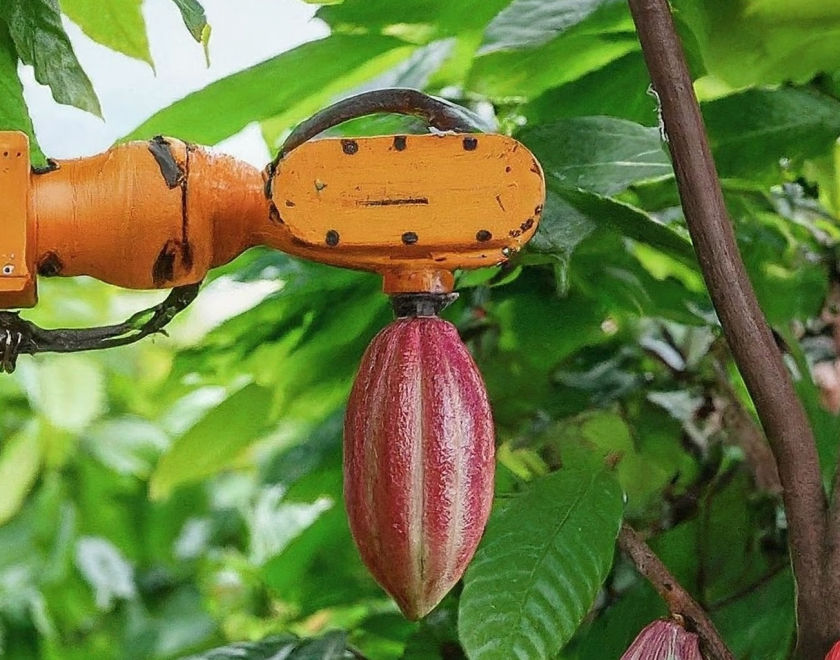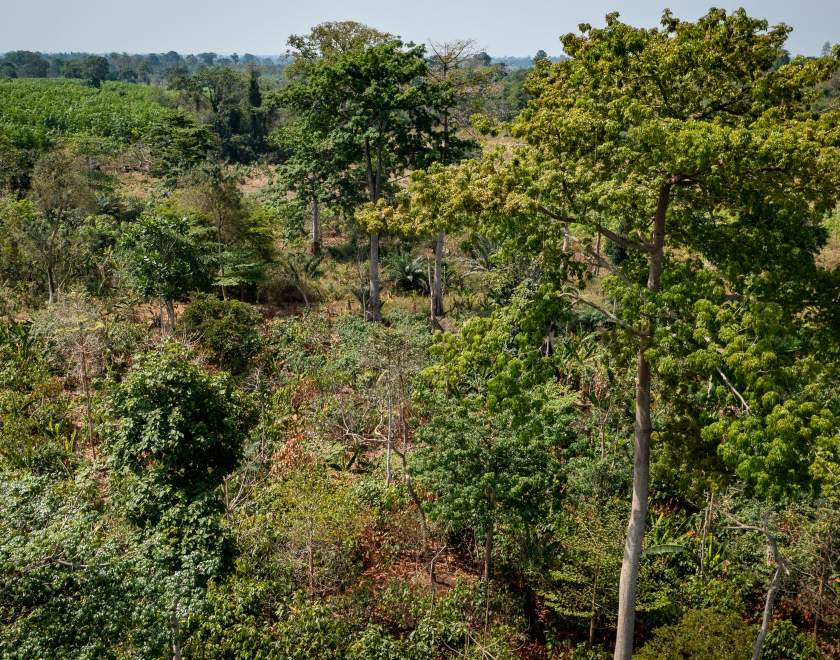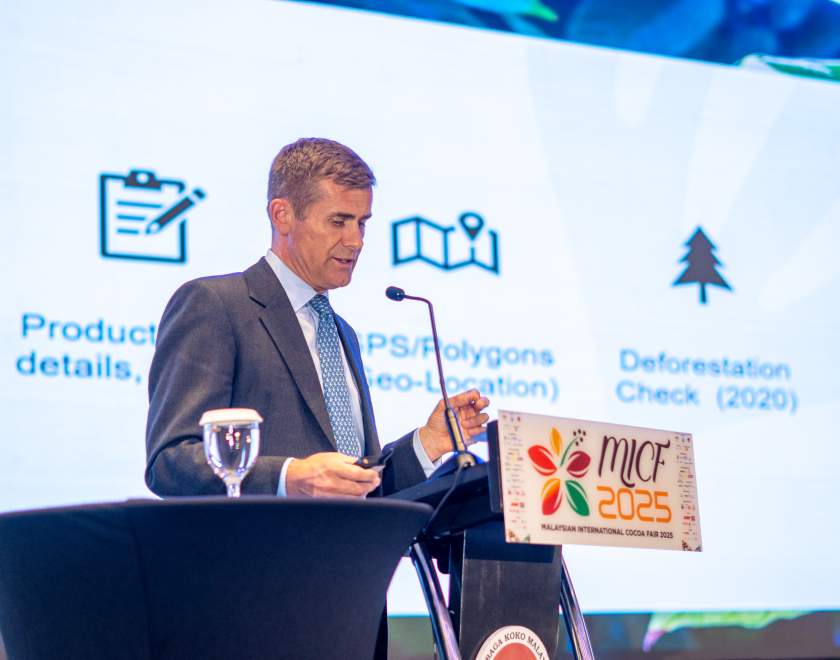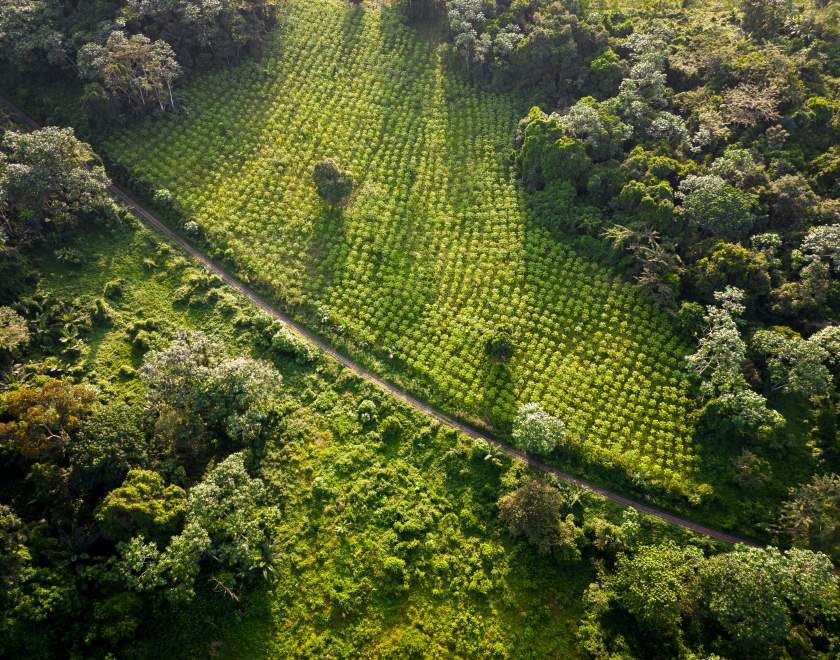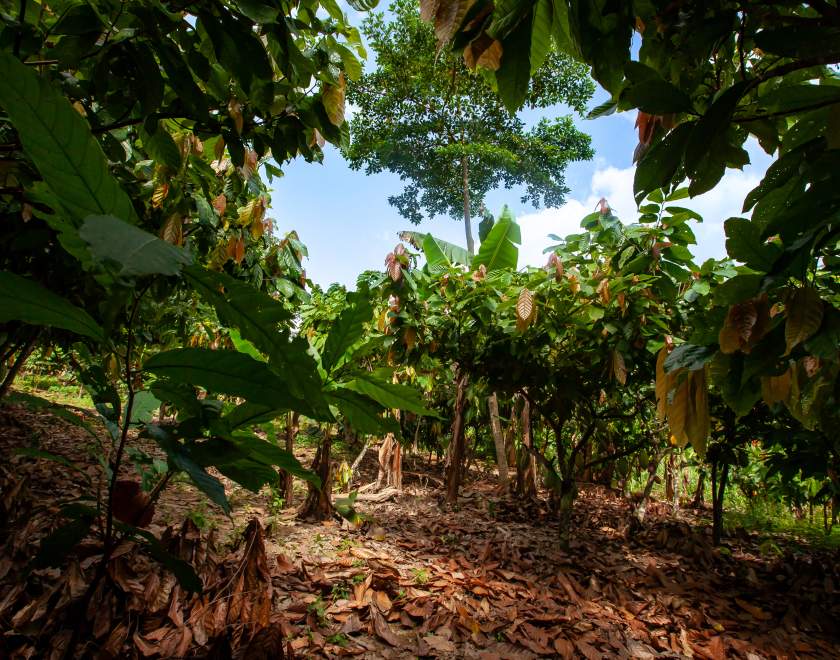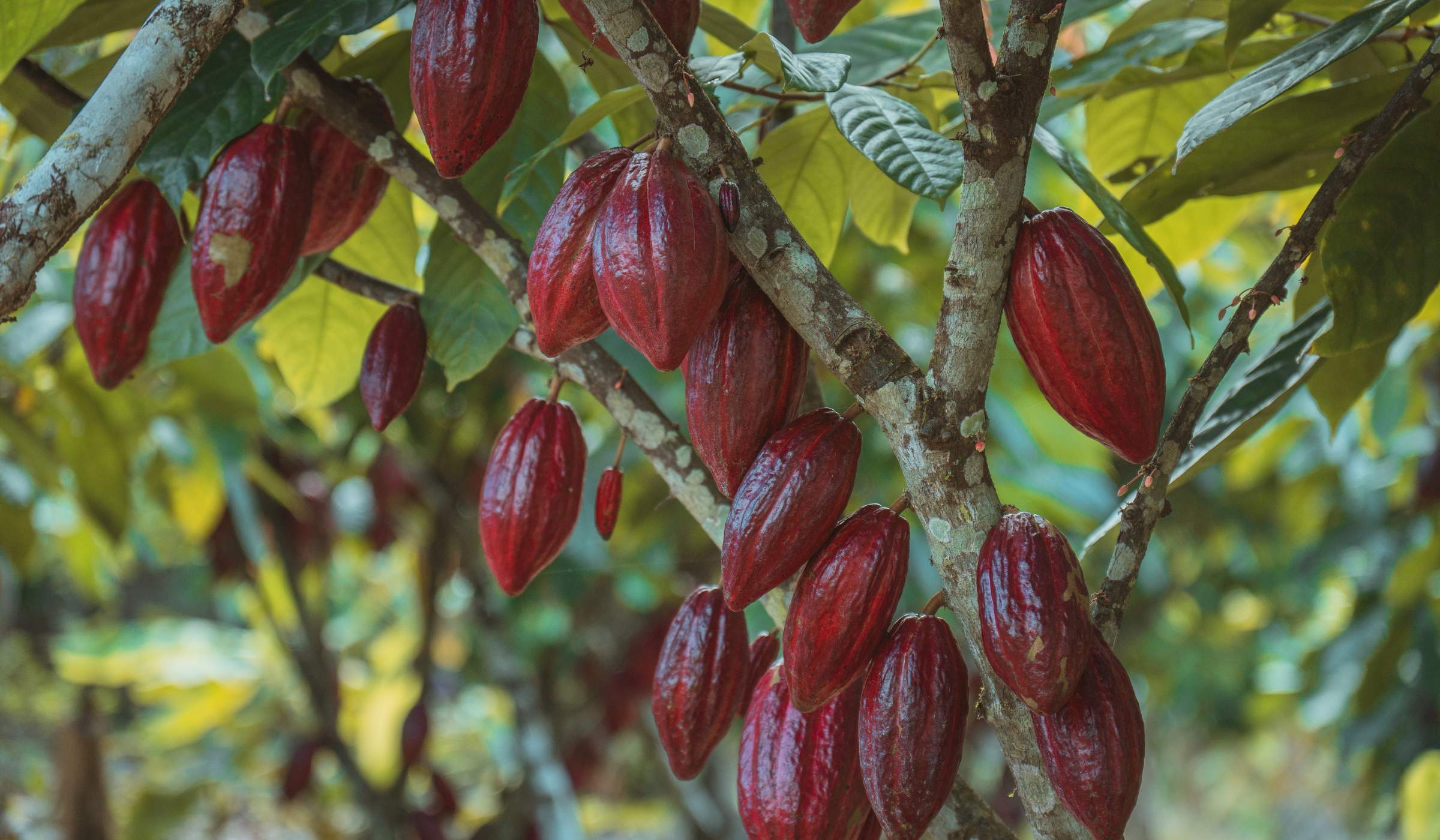
As sustainability regulations shift from policy to practice, the cocoa sector faces a critical challenge -
How can we consistently and accurately monitor environmental impact for compliance when we aren’t sure of the quality of commonly used reference data?
To address this, the World Cocoa Foundation (WCF), in collaboration with the Alliance of Bioversity International and CIAT, has conducted a first-of-its-kind accuracy assessment of the maps most commonly used to monitor deforestation, reforestation/agroforestry, and greenhouse gas (GHG) emissions and removals in cocoa-producing regions. This work aims to strengthen and standardise environmental monitoring across the global cocoa sector, enabling cocoa companies to make informed decisions about the data they are using to meet regulatory compliance and improve their sustainability efforts.
The Bigger Picture: Standardising Sustainability Data
Prior to this study, there was not an agreed-upon set of criteria to evaluate the quality of commonly referenced data for forest monitoring, let alone an independent assessment of the data sources. Without a shared approach and common understanding of existing data sources, the sector risks significant consequences: incorrect identification of deforestation, inaccurate emissions reporting, misaligned and ineffective collective action, and exclusion of noncompliant cocoa from major markets such as the European Union.
WCF and CIAT’s assessment criteria and quality assessment of commonly referenced maps lays the groundwork for a sector-wide standard that is transparent, comparable, and compliant with regulatory frameworks such as the EU Deforestation Regulation (EUDR), Corporate Sustainability Reporting Directive (CSRD), and Corporate Sustainability Due Diligence Directive (CSDDD).
The first step of the study was to develop a clear set of criteria to assess the quality of datasets and platforms, grouped into four key areas: Accuracy, Completeness, Data Management, and Inclusiveness. CIAT initially drafted the criteria using peer-reviewed research and expert input. These were then refined and validated through a consultation process with WCF, member companies, and government partners, who also helped assign weights based on priority. This collaborative approach ensured a comprehensive framework to evaluate each dataset’s reliability, coverage, usability, and representativeness.
CIAT then based on these criteria, analyzed the most referenced publicly available datasets used to assess deforestation, tree planting (reforestation/agroforestry) and greenhouse gas (GHG) emissions and removal monitoring. Since WCF has previously partnered with Satelligence to offer their services to member companies for EUDR compliance, their maps were also included in the assessment.
The results show that national maps compared with global open-access maps are often more accurate, especially in key production zones, underscoring the importance of investing in national datasets and collaborative data improvement efforts.
Why It Matters to Companies
With accurate, consistent data, cocoa companies can:
- Pinpoint where deforestation is directly linked to cocoa production (as opposed to other drivers like cattle or mining)
- Differentiate forest loss from crop turnover (e.g., aging cocoa or rubber trees being replaced)
- Include marginal and hard-to-monitor forest areas
- Effectively comply with environmental regulations
- Meet sustainability goals and guide investments
This shift toward unified, high-quality mapping creates not just a clearer compliance path, it opens doors to better sustainability strategies across the sector.
From Policy to Practice: How Traceability Helps Fill the Gaps
Another important takeaway from the study is the need to increase the inclusiveness of smallholders in both the creation of reference data and the design of platforms that deliver remote sensing-based services. This is essential for developing accurate and equitable monitoring systems that are locally informed and globally credible.
For companies like Compañía Nacional de Chocolates (Cordillera Chocolates) in Colombia, this kind of data standardisation and inclusivity is critical.
“Even though we’ve always known which farmers’ associations we were sourcing from,” explained Alejandro Gil Aguirre, Procurement and Agricultural Development Lead at Compañía Nacional de Chocolates, “we didn’t have a clear view of the individual farmers, or exactly how much they were selling.”
Cordillera has been investing in traceability programs that reach beyond farmers’ associations to map its supply chain at the individual farmer level. The company is beginning to combine on-the-ground agronomic data with digital systems, aligning more closely with the types of high-quality, comparable data promoted by WCF.
Alejandro added:
“We need to make sure we’re asking the right questions – and using the same definitions – so we can speak the same language across the sector.”
Benefits Beyond the Supply Chain
The potential of this work goes beyond corporate compliance. As traceability becomes more precise and data improves, farmers stand to benefit as well.
By linking individual farmer activities to measurable environmental outcomes, producers can receive greater recognition for sustainable practices, whether it’s preserving forest cover or participating in agroforestry initiatives. In the long term, this kind of visibility can unlock new incentives, financial support, and inclusion in sustainability programs.
There’s also growing support for national-level data collaboration. In Colombia, for example, industry leaders are advocating for a shared database where environmental and farmer-level data can be pooled. This would facilitate pre-competitive collaboration, align incentives, and support smarter, more equitable sustainability investments across the value chain.
Looking Ahead
As the cocoa sector prepares for both mandatory and voluntary sustainability standards, WCF is helping close the data gap by developing standards, tools, and frameworks that enable informed decision-making and foster stronger collaboration across the cocoa sector. By ensuring these resources are accurate, accessible, and aligned with regulatory expectations, the industry can adopt a shared language around reporting – one that not only supports compliance, but also empowers companies and their farmers in driving lasting environmental and socioeconomic impact.
